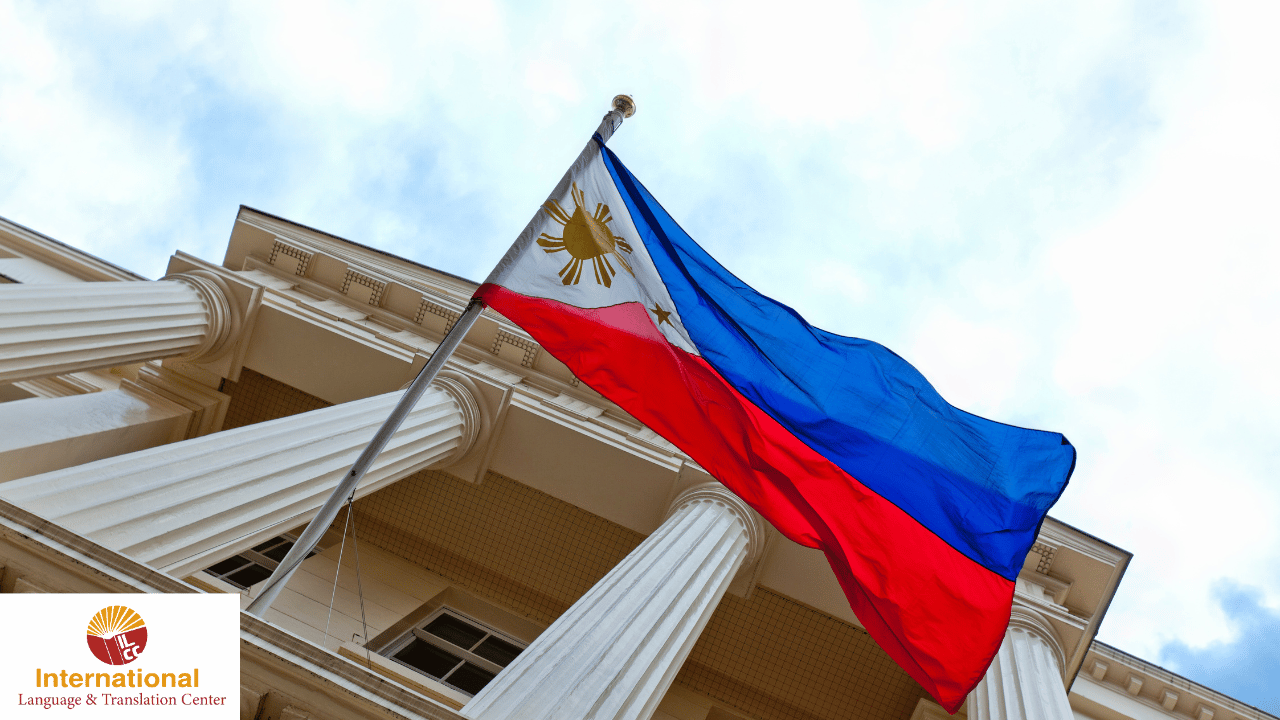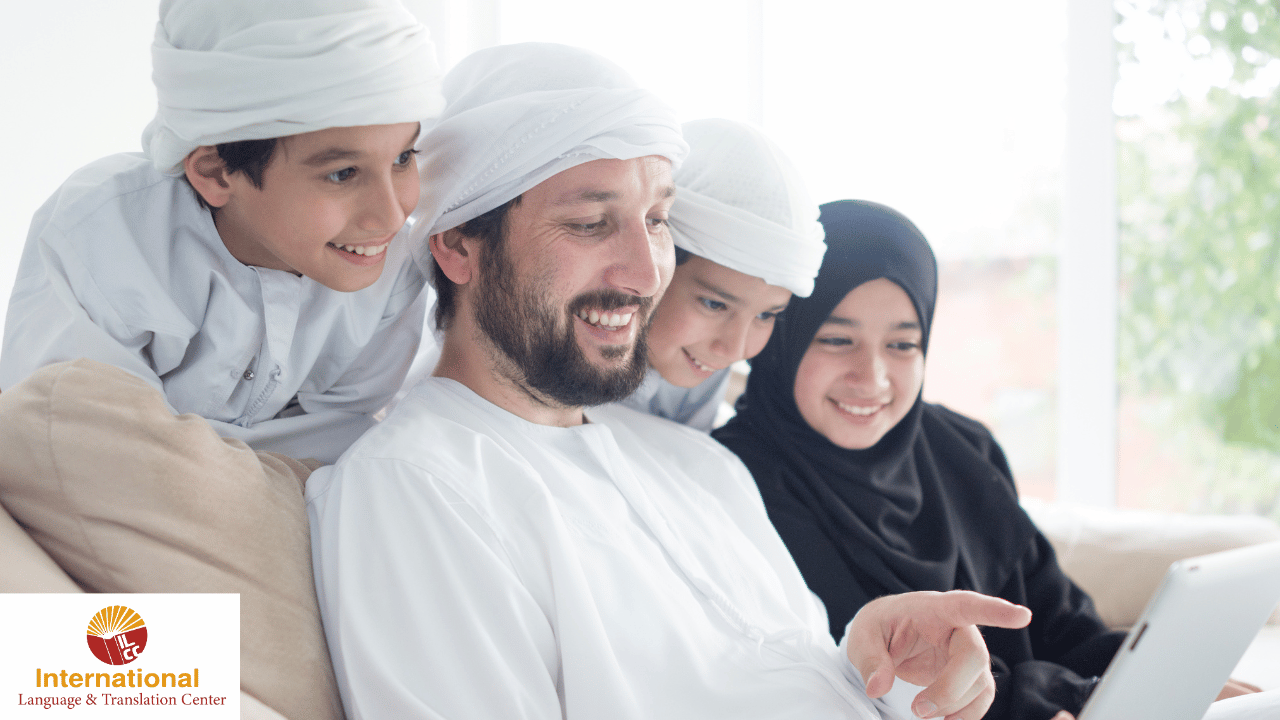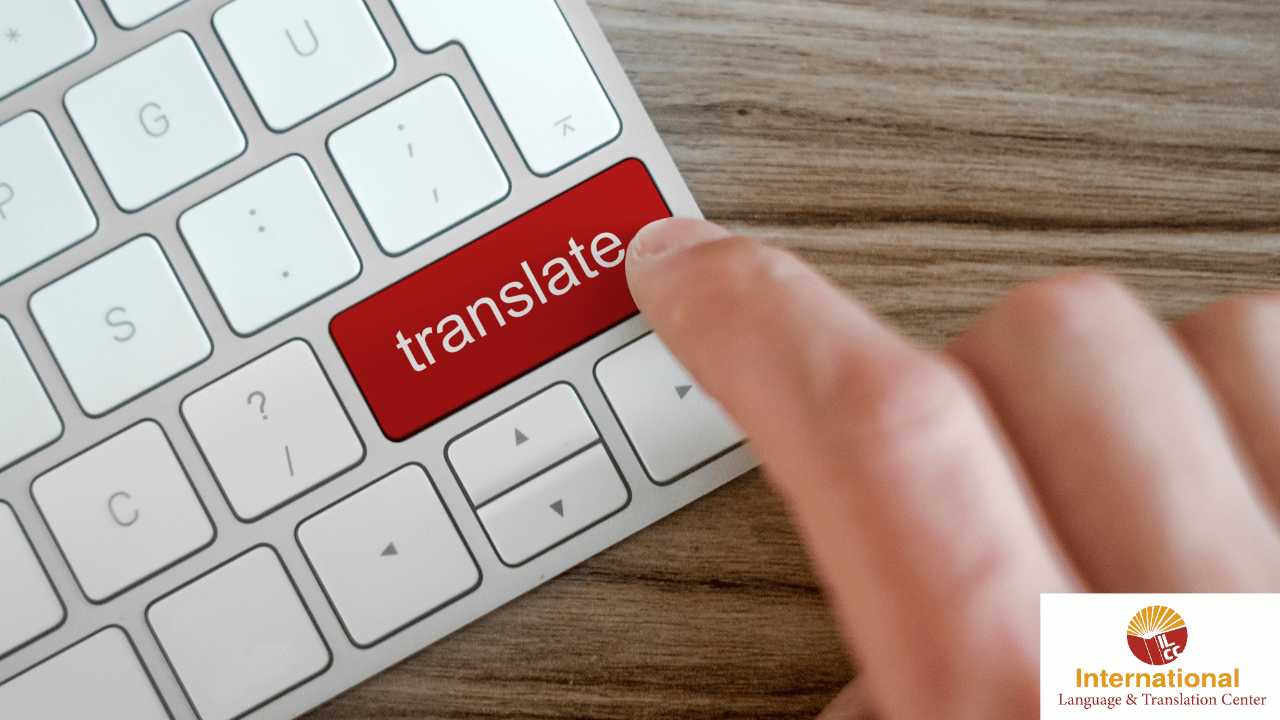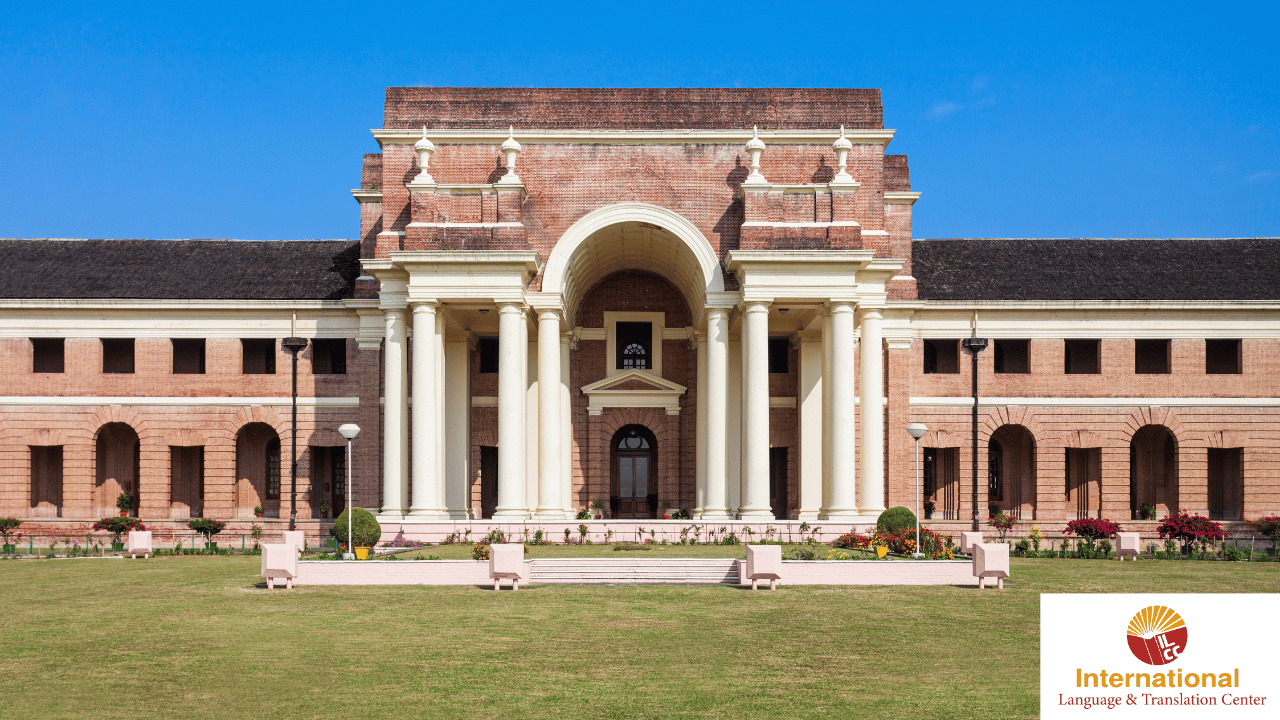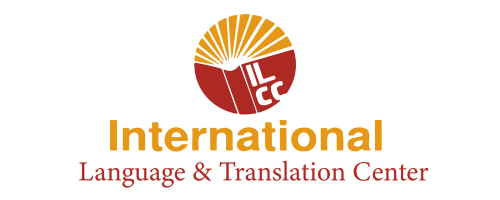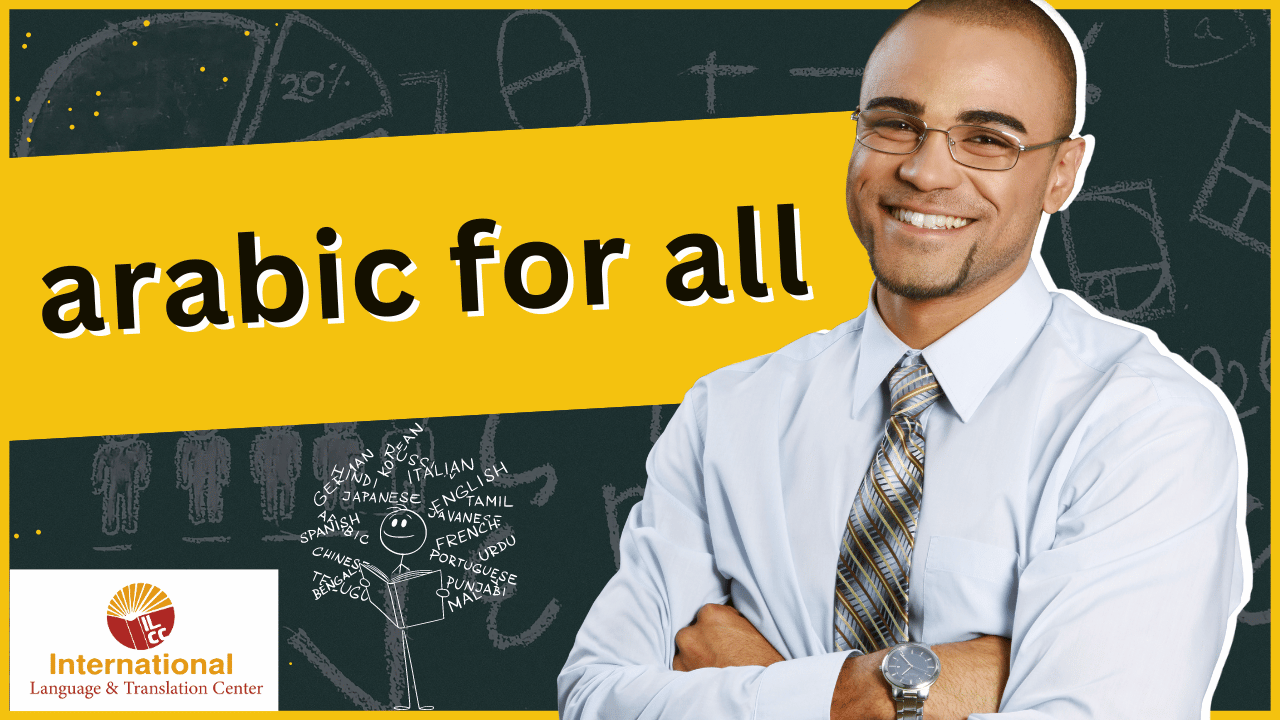Journey from Tagalog to Arabic
In our increasingly interconnected world, the ability to communicate across languages is more vital than ever. Each language serves as a gateway to understanding different cultures, histories, and perspectives. In the realm of translation, bridging the gap between languages not only facilitates communication but also fosters mutual understanding and cooperation.
One fascinating pair of languages that often requires such a bridge is Tagalog and Arabic. Tagalog, the language spoken by millions in the Philippines, and Arabic, a language with significant global reach and cultural influence, may seem worlds apart at first glance. However, delving into the intricacies of translating between these two languages reveals a rich tapestry of linguistic, cultural, and historical connections.
In this article, we embark on a journey to explore the challenges and nuances of translating from Tagalog to Arabic. We’ll examine the linguistic structures, cultural contexts, and unique idiosyncrasies that shape the translation process between these two languages. From navigating linguistic differences to preserving cultural nuances, we’ll uncover the complexities and rewards of this linguistic endeavor.
Introduction to the Tagalog language
Nestled in the vibrant archipelago of the Philippines lies a language as colorful and diverse as the nation itself – Tagalog. With over 28 million native speakers and serving as one of the official languages of the Philippines alongside English, Tagalog holds a central position in Filipino identity and culture.
In this introduction, we embark on a journey to unravel the rich tapestry of Tagalog – its origins, linguistic features, cultural significance, and its enduring role in shaping Filipino society.
Rooted in centuries of history and influenced by a myriad of languages and cultures, Tagalog embodies the dynamic essence of the Filipino people. From its indigenous roots to its modern-day evolution, the language reflects the resilience, creativity, and diversity of the Filipino spirit.
The importance of learning Arabic for Tagalog speakers
In today’s interconnected world, the ability to communicate across languages and cultures is invaluable. As globalization continues to blur boundaries, the importance of language skills extends beyond mere communication – it becomes a gateway to understanding, collaboration, and mutual respect. For Tagalog speakers, venturing into the realm of Arabic offers a unique opportunity to bridge cultures and expand horizons.
In this article, we explore the compelling reasons why learning Arabic holds significant benefits for Tagalog speakers. From unlocking new economic opportunities to fostering intercultural understanding, the journey of acquiring Arabic proficiency opens doors to a world of possibilities.
Challenges in translating Tagalog to Arabic
Translating between Tagalog and Arabic presents several unique challenges due to the vast differences in linguistic structure, cultural contexts, and historical backgrounds of these languages. Here are some of the key challenges faced by translators:
- Linguistic Structure: Tagalog and Arabic belong to different language families and possess distinct grammatical structures. Tagalog is an Austronesian language with a relatively simple syntax, while Arabic is a Semitic language known for its complex morphology and verb conjugation patterns. Translators must navigate these structural differences carefully to ensure accurate and coherent translations.
- Vocabulary: Tagalog and Arabic have divergent vocabularies, with each language drawing from its own lexical roots and cultural influences. Translating culturally-specific terms, idiomatic expressions, and nuanced concepts can be particularly challenging, as direct equivalents may not exist in the target language. Translators must employ creative strategies, such as paraphrasing or borrowing from related languages, to convey the intended meaning effectively.
- Cultural Nuances: Language is deeply intertwined with culture, and translating between Tagalog and Arabic requires sensitivity to cultural nuances and context. Certain concepts, customs, and references may hold different connotations or significance in each culture, necessitating cultural adaptation to ensure accurate communication. Translators must possess a deep understanding of both Tagalog and Arabic cultures to convey messages appropriately.
- Regional Variations: Both Tagalog and Arabic exhibit regional variations and dialectal differences across different geographic areas. The choice of words, expressions, and grammatical structures may vary significantly between regions, posing challenges for translators in achieving consistency and comprehensibility in their translations. Translators may need to consult native speakers or resources specific to particular dialects to produce accurate translations.
- Writing Systems: Tagalog and Arabic use different writing systems – Tagalog employs the Latin alphabet, while Arabic uses a modified version of the Arabic script. Translating between these writing systems requires technical proficiency and careful attention to transliteration, as certain sounds and phonetic distinctions may not have direct equivalents. Translators must ensure clarity and readability in their transliterations to facilitate understanding for readers.
Navigating these challenges requires translators proficient in both Tagalog and Arabic, as well as possessing cultural competence and a deep understanding of the nuances of each language. Despite the complexities involved, successful translation between Tagalog and Arabic facilitates cross-cultural communication and fosters mutual understanding between speakers of these diverse languages.
The role of translation in building cultural bridges
Translation plays a crucial role in building cultural bridges by facilitating communication, fostering mutual understanding, and promoting appreciation of diverse perspectives. Here are some key ways in which translation contributes to this process:
- Facilitating Communication: Translation allows individuals who speak different languages to communicate effectively, breaking down linguistic barriers and enabling interaction across cultures. By rendering texts, speeches, and conversations into accessible forms in target languages, translation ensures that ideas, information, and cultural nuances are conveyed accurately and comprehensibly to diverse audiences.
- Promoting Intercultural Exchange: Translation serves as a conduit for the exchange of ideas, literature, and cultural artifacts between different societies. It enables the dissemination of literature, films, music, and other cultural products to global audiences, fostering cross-cultural dialogue and appreciation. Through translated works, individuals gain insights into the customs, values, and perspectives of other cultures, promoting empathy and interconnectedness.
- Preserving Cultural Heritage: Translation plays a crucial role in preserving and transmitting cultural heritage across generations and geographic boundaries. By translating historical documents, religious texts, folktales, and other cultural artifacts, translators ensure that these valuable resources are accessible to diverse audiences, safeguarding cultural identity and heritage. Translation also enables the revitalization of endangered languages and dialects, preserving linguistic diversity and cultural richness.
- Enhancing Cross-Cultural Understanding: Translation facilitates the interpretation and interpretation of cultural differences and similarities, fostering greater understanding and tolerance among individuals from different backgrounds. By providing access to diverse perspectives, beliefs, and traditions, translation promotes empathy, respect, and appreciation for cultural diversity. Translators play a crucial role in mediating cultural encounters and bridging gaps in understanding between communities.
- Empowering Marginalized Voices: Translation amplifies the voices of marginalized and underrepresented communities, enabling their stories, experiences, and struggles to reach wider audiences. Translators serve as advocates for linguistic and cultural diversity, ensuring that minority languages and perspectives are not lost or marginalized in the global discourse. Through translation, marginalized communities can assert their identities, challenge stereotypes, and contribute to broader conversations about social justice and equity.
In summary, translation serves as a powerful tool for building cultural bridges by facilitating communication, promoting intercultural exchange, preserving cultural heritage, enhancing cross-cultural understanding, and empowering marginalized voices. By transcending linguistic barriers and fostering dialogue across cultures, translation contributes to the creation of a more inclusive, interconnected, and harmonious global community.
What is the role of educational institutions in promoting learning the Arabic language?
Educational institutions play a pivotal role in promoting the learning of the Arabic language by providing resources, creating supportive environments, and fostering cultural understanding. First and foremost, they can integrate Arabic language courses into their curriculum at various levels, from elementary to higher education. By offering structured language programs, institutions provide students with the opportunity to develop proficiency in Arabic through comprehensive instruction in grammar, vocabulary, reading, writing, and conversation.
Qualified instructors are crucial for effective language instruction. Educational institutions should prioritize hiring educators who possess native or near-native proficiency in Arabic, as well as expertise in language pedagogy and cultural competency. These instructors can create engaging and effective learning experiences tailored to the needs of students, facilitating their language acquisition journey.
Access to a wide range of language resources is essential for Arabic language learners. Educational institutions should provide textbooks, multimedia materials, online courses, language labs, and cultural immersion programs. These resources enable students to practice Arabic language skills independently, reinforce classroom learning, and explore cultural aspects of Arabic-speaking societies.
Cultural immersion opportunities are highly beneficial for Arabic language learners. By organizing study abroad programs, exchange opportunities, and cultural immersion experiences in Arabic-speaking countries, educational institutions allow students to immerse themselves in the language and culture firsthand. Living and studying in Arabic-speaking environments provides students with practical language skills, cultural insights, and intercultural competence, enhancing their overall language proficiency and cultural understanding.
Support services such as tutoring, language clubs, conversation partners, and language proficiency assessments are essential for Arabic language learners. Educational institutions should offer these services to assist students in their Arabic language learning journey. Providing opportunities for peer interaction, practice, and feedback fosters a supportive learning environment and encourages students to engage actively with the language.
Promoting Arabic studies through academic programs, research initiatives, and cultural events is also vital. Educational institutions can host lectures, workshops, film screenings, and cultural festivals related to Arabic language and culture to raise awareness, generate interest, and foster appreciation for the language among students and the wider community.
Collaborations and partnerships with Arabic language institutions, cultural organizations, and international partners enhance educational institutions’ capacity to promote Arabic language learning. Establishing relationships with universities, government agencies, and businesses in Arabic-speaking countries creates opportunities for student exchanges, research collaborations, and professional development in Arabic language and culture.
By prioritizing the promotion of Arabic language learning and creating supportive learning environments, educational institutions empower students to become proficient Arabic speakers, intercultural communicators, and global citizens equipped to engage with the diverse Arabic-speaking world.
ILCC
Discover the world of languages and translation with us!
Join us and explore the world of languages and translation with the highest quality and professionalism! On our website, we offer you a unique and distinctive learning experience that allows you to acquire new language skills with ease and enjoyment.
Our center is distinguished by a team of qualified and specialized language teachers who ensure that they provide personal and effective lessons that perfectly meet your needs. Whether you want to learn a new language or improve your current level, we are here to help you achieve your goals smoothly and effectively.
In addition, our website provides accurate and professional translation services, where our team works to provide high-quality and reliable translations in various fields. Whether you need to translate official documents, marketing content, or scientific articles, you can rely on us to provide translation services with the highest standards of quality and accuracy.
On our website, we combine comprehensive language education and distinguished translation services to provide you with a unique and distinctive learning experience. Join us now and start your journey in the world of languages and translation with confidence and determination.
You can contact us on WhatsApp from here → ILCC.
conclusion
In conclusion, the journey of translating Tagalog to Arabic unveils a fascinating intersection of linguistic diversity, cultural richness, and global interconnectedness. As we’ve explored the challenges and nuances inherent in this linguistic endeavor, it becomes evident that translation serves as a powerful tool for bridging cultures, fostering mutual understanding, and promoting cross-cultural communication.
From navigating linguistic structures and cultural nuances to preserving the essence of the original text, translators play a crucial role in mediating cultural encounters and bridging gaps in understanding between Tagalog and Arabic-speaking communities. Through their efforts, they facilitate the exchange of ideas, literature, and cultural artifacts, enriching our collective understanding of the diverse tapestry of human experience.
Moreover, the process of translating Tagalog to Arabic transcends mere linguistic translation – it embodies a deeper appreciation for the complexities and beauty of both languages, as well as the cultures they represent. By embracing this linguistic journey, we not only expand our language skills but also cultivate empathy, respect, and appreciation for cultural diversity.

